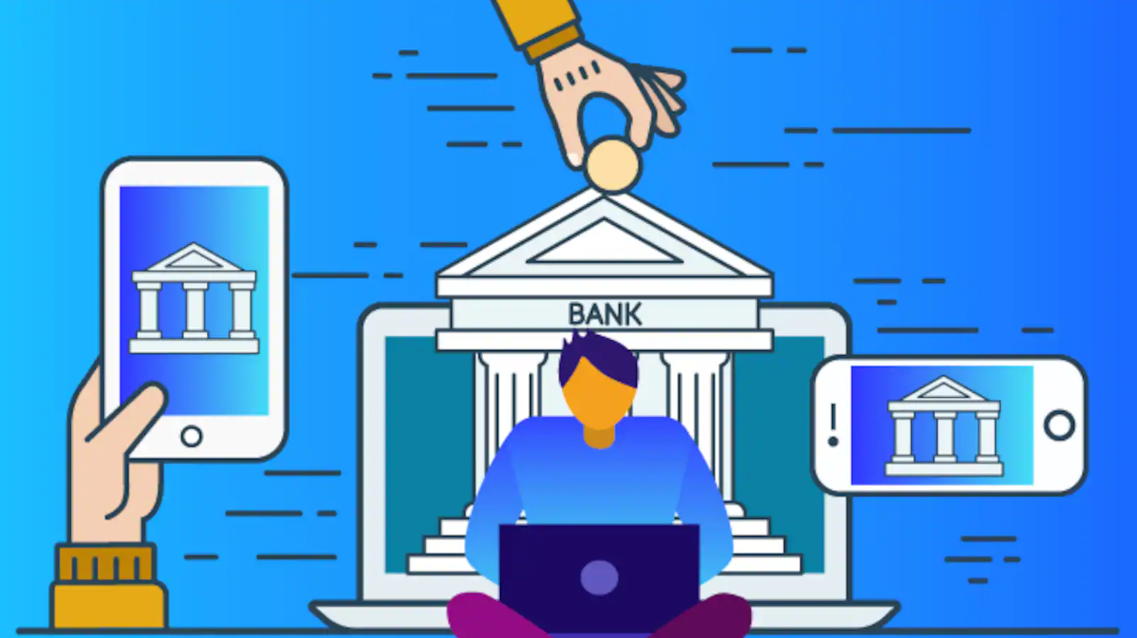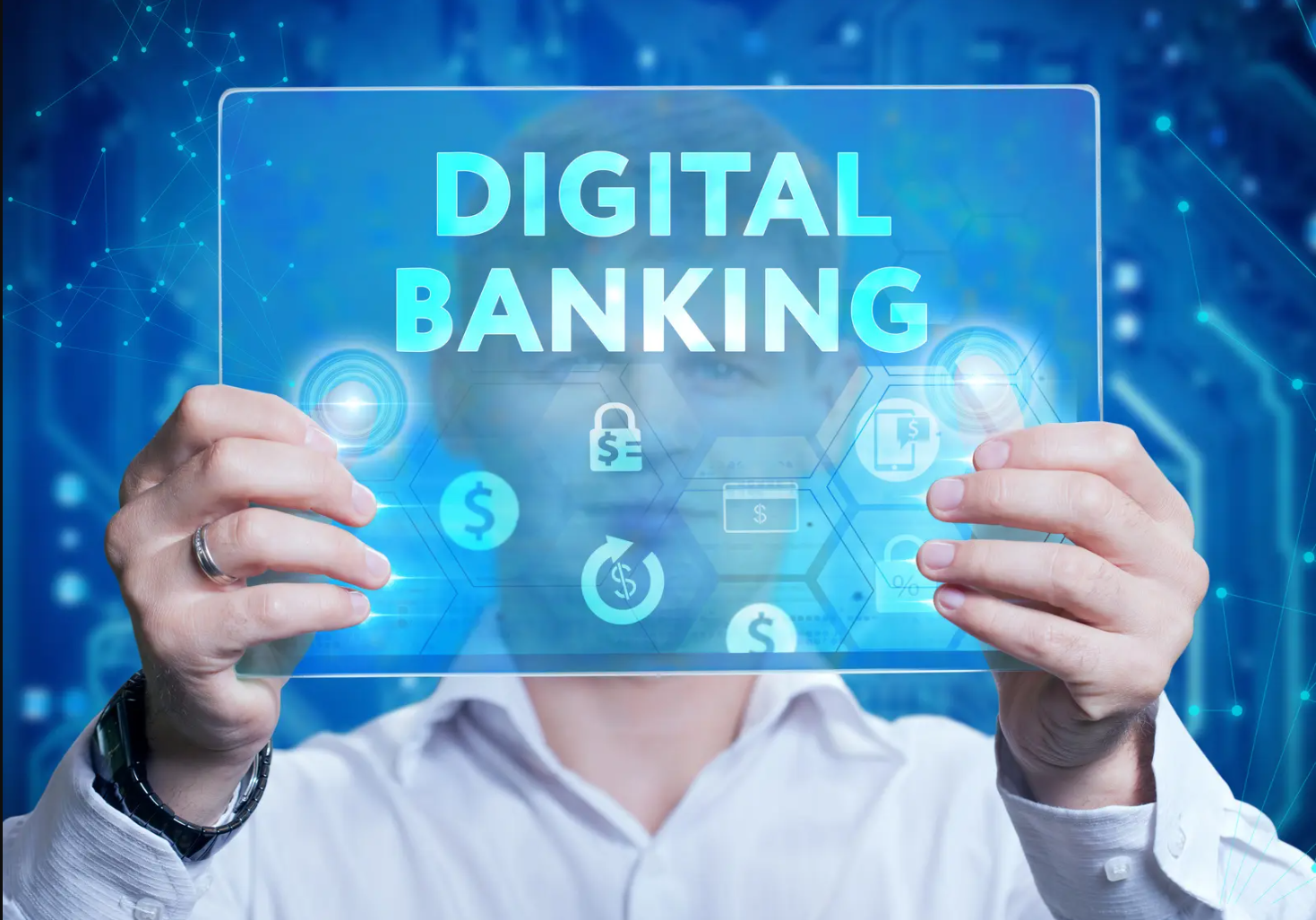The Future of Digital Banking: Trends to Watch for in 2024
As we move further into the digital age, the banking industry is rapidly changing. With the advent of 2024, we believe a significant series of advances and digital banking changes will lay ahead with technological advances and mounting customer expectations. So here are some trends to watch for this year in digital banking.
AI and Machine Learning Will Better Cooperate
Artificial Intelligence (AI) and Machine Learning (ML) have long been dominant themes in digital banking innovation, but those will reach further into play in 2024. Banks are using AI more and more, to personalize the customer experience, detect fraud more quickly and efficiently, as well streamline operations. Machine learning algorithms are used to analyze masses of data and provide customers with tailored financial advice, look over transactions for any that stand out (in real-time), and carry out many other routine tasks automatically. The result is increased productivity and client satisfaction
Open Banking to Reach Broader Users
Open banking allows third-party developers to create applications which can interact with banks, and this idea is rapidly becoming widespread. In 2024 we are likely to see a much broader movement of open banking frameworks, driven by both changes in regulation and the readiness of consumers to take greater control over their entire financial provision. Open banking makes it easy for customers to get a united view of their finances from all of the institutions they use, therefore easier to plan and manage expenditures. It also encourages innovation as fintechs can come out with new products and services that allow for an improved overall experience.
As regards this sector, Digital-Aperture Banks are yet another innovative breakthrough.Thoco-hsmanksmode.,-dD. And since in this environment any customer transaction can be effected at any time or place without considering the inevitability of distance from one terminal to another, customers no longer needn’t have either platforms nor coins.The trend in 2024, we assume, is digital-only banks will continue as increasing numbers of consumers get used to their cellphones for banking.From the standpoint of their service to the community, banks will probably offer a fuller suite of financial services, such as insurance, investment services and loans. Indeed, as we enter the age of such institutions they will more accurately reflect what people want their needs met socially yet from an economic perspective remain largely unaltered and uninfluenced by either technology, culture or society at all.
The future of digital banking will see greater playing space for Blockchain technology and cryptocurrencies.A prime example is shown in title deed registration: this is one of many aspects where blockchain has come into its own. Unlike traditional records, blockchain’s smart contracts allow for greater flexibility and lower costs while ensuring that time-stamped data cannot be tampered with without leaving an audit trail to catch whoever tries to alter it after-the-fact. This means when banks aren’t on the hook of ripped-off businesses being left unfunded as well public trust demands constant attention; and surely through payments history it’s only a matter known to those intimate with blockchain technology itself whether digital tokens might not immediately replace other forms of currency. By 2024 the opportunity presented by blockchain technology will have become fundamental to banks ‘business strategy little doubt remains in forms like (a ) seed capital which is necessary for launching blockchain projects – or (b) recurring incmeumenary
dimensions and directionsrente
When digital banking is described as something involving customer care, the demand for secure systems becomes equally pressing. At the same time, new types of cyber assault are emerging. For a third party to take control of bank client software and use online financial facilities such as banks–or worse, turn them into weapons with which to attack other countries’ institutions–has quite definitely become an established pattern all the world over. In 2024, banks will spend heavily on iris recognition.A comprehensive, effective AI-driven application is usually approved by customers and is also most likely to be safe in terms of security. This series of measures can not only help lift people’s sense of ownership and protection, direct from the present extremely low level ebb subsequent discussions on national security strategy will see some light dawn from them. It subtly oozes its way into other areas as well: Reinventing the concept of risk; Recalling what, done from a technical viewpoint and without hearsay or emotional excesses, should exactly occur here in this section.
Sustainable and Ethical Banking Practices
As sustainability and ethical practices become increasingly important to consumers, banks are taking note. Thus we can expect in 2024 a more green trend of bankinge.g., financing renewable energy projects and investing in the woods. If the earth is not first, then by 2024 banks without any physical presence will provide green banking services and other sustainable investment options vitro: This is made possible with new technology available today.
At the same time, banks will introduce measures to encourage the financial inclusion of remote communities. Intended for both professional people and amateur users, these tools will enable isolated markets to become consolidated finance areas. Everyone can avail themselves of the latest algorithms and business methods through innovative digital solutions.










